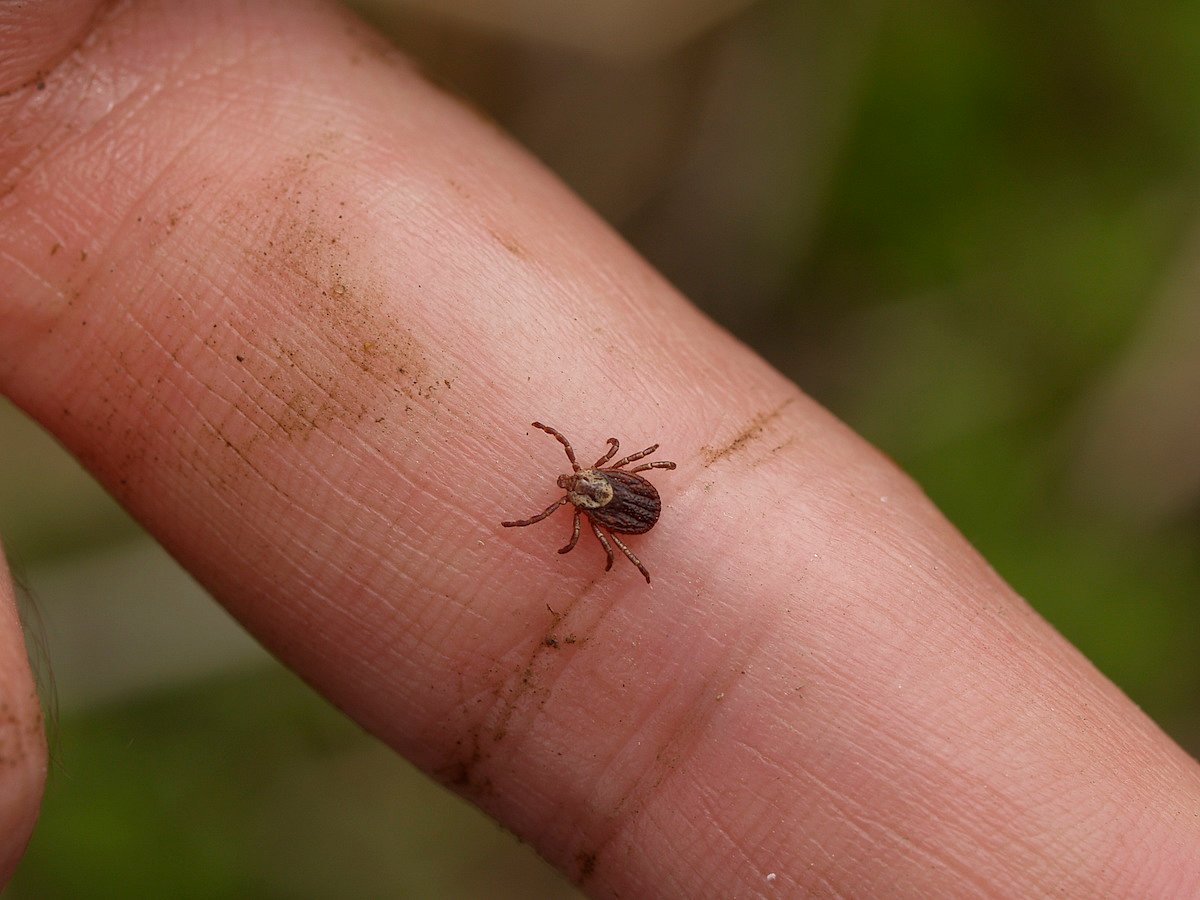Get Healthy!

- Ernie Mundell
- Posted August 19, 2024
Scientists Map Genetics of Lyme Disease Bacteria, Aiding Research
All 23 known species of the bacteria that cause Lyme disease have now been genetically mapped, providing an aid to better diagnosis and research.
"This comprehensive, high-quality sequencing investigation of Lyme disease and related bacteria provides the foundation to propel the field forward,” said study co-author Steven Schutzer, a Rutgers New Jersey Medical School professor. “Every modern research project -- from clinical to public health to ecology and evolution to bacterial physiology to medical-tool development to host-bacteria interaction -- will benefit from this work."
According to the researchers, Lyme disease remains the most common tick-borne illness in the world, infecting hundreds of thousands of people annually. People contract the disease as the Borrelia burgdorferi bacterium is transmitted to a person via the bite of a tick.
Initial symptoms can include fever, headache, rash and fatigue, but long-term effects can be debilitating and include symptoms in the joints, heart and the nervous system.
There are 23 separate species of B. burgdorferi within the sensu lato group that can infect humans.
Schutzer and colleagues sequenced (mapped) the complete genomes of all members of the group, including those species known to cause the most disease in people.
Some revelations from the research are already emerging. Although the 23 species are found across the globe, genomic comparisons suggests the bacteria have very ancient roots -- perhaps originating at a distant point in time when the continents were massed together as the supercontinent Pangaea.
But the species are also adept at sharing genetic material that allows them to quickly adapt to new and shifting environments, the research showed. This adaptation also helps them better infect animals and people.
"By understanding how these bacteria evolve and exchange genetic material, we're better equipped to predict and respond to changes in their behavior, including potential shifts in their ability to cause disease in humans,” said study senior author Weigang Qiu, a professor of biology at City University of New York.
The new genetic data might lead to better prevention and treatment, the researchers said. Genes may make some strains of bacteria better equipped to cause infection and illness, and targeting those genetics might bring about better therapies.
“This is a seminal study, a body of work that provides researchers with data and tools going forward to better tailor treatment against all causes of Lyme disease and provides a framework toward similar approaches against other infectious diseases caused by pathogens,” Benjamin Luft, a study co-author and professor of medicine at Stony Brook University, said in a Rutgers news release.
The findings were published in the August edition of mBio.
More information
Find out more about Lyme disease at the U.S. Centers for Disease Control and Prevention.
SOURCE: Rutgers University, news release, Aug. 15, 2024
